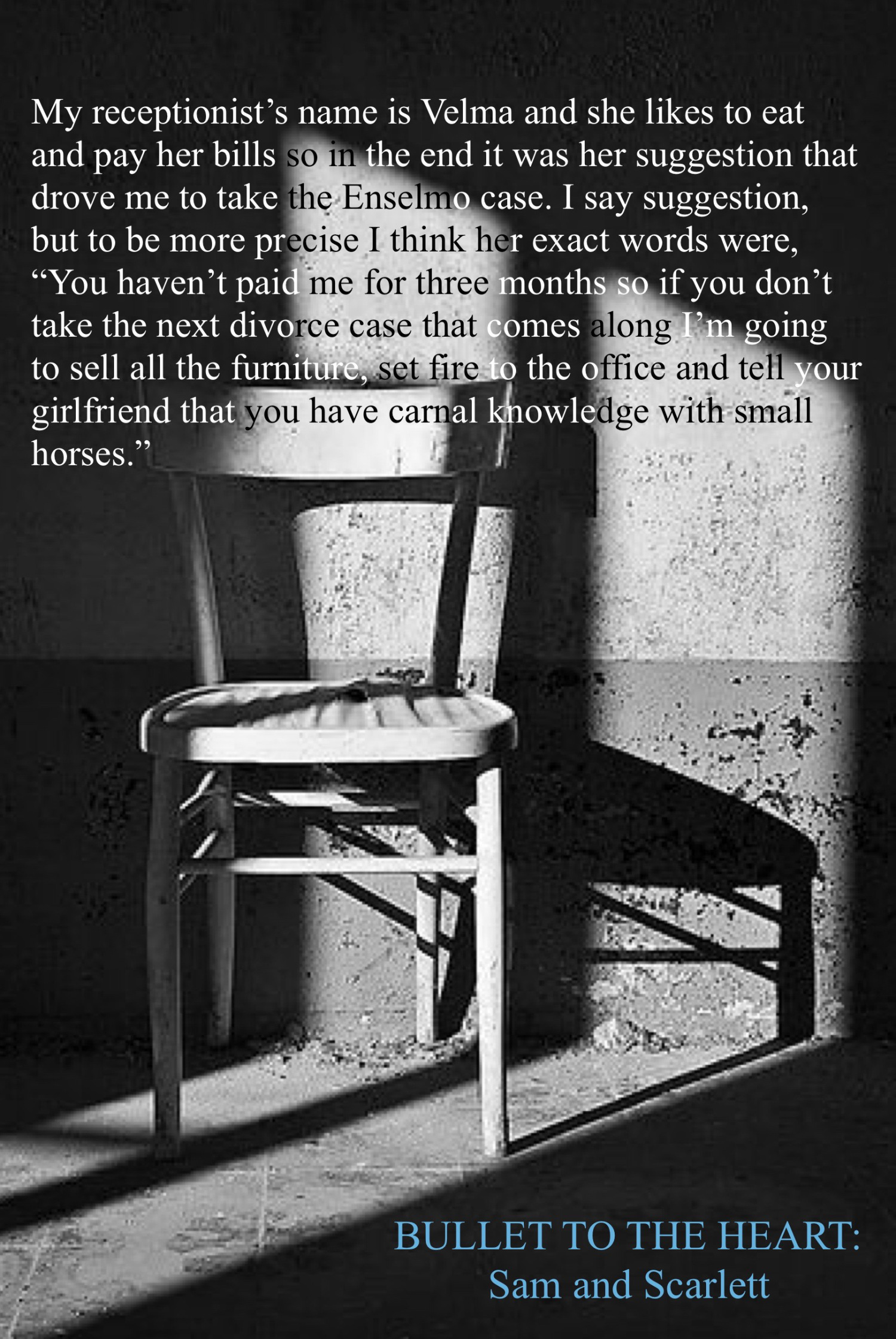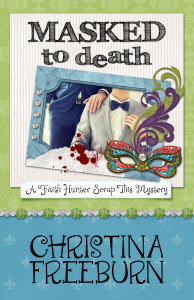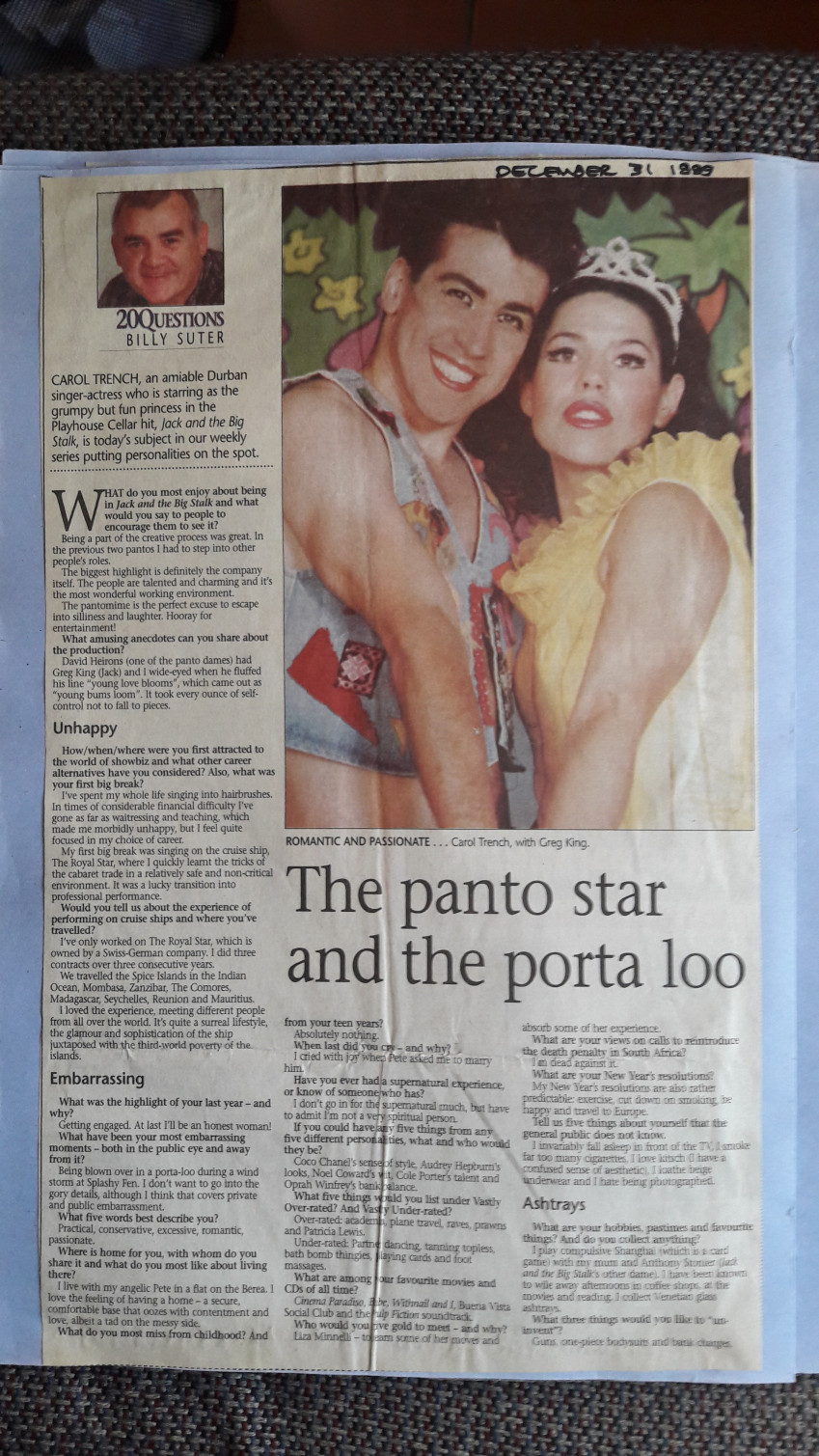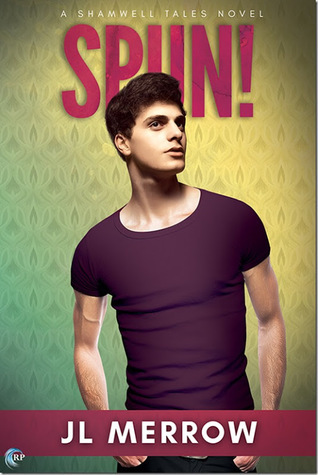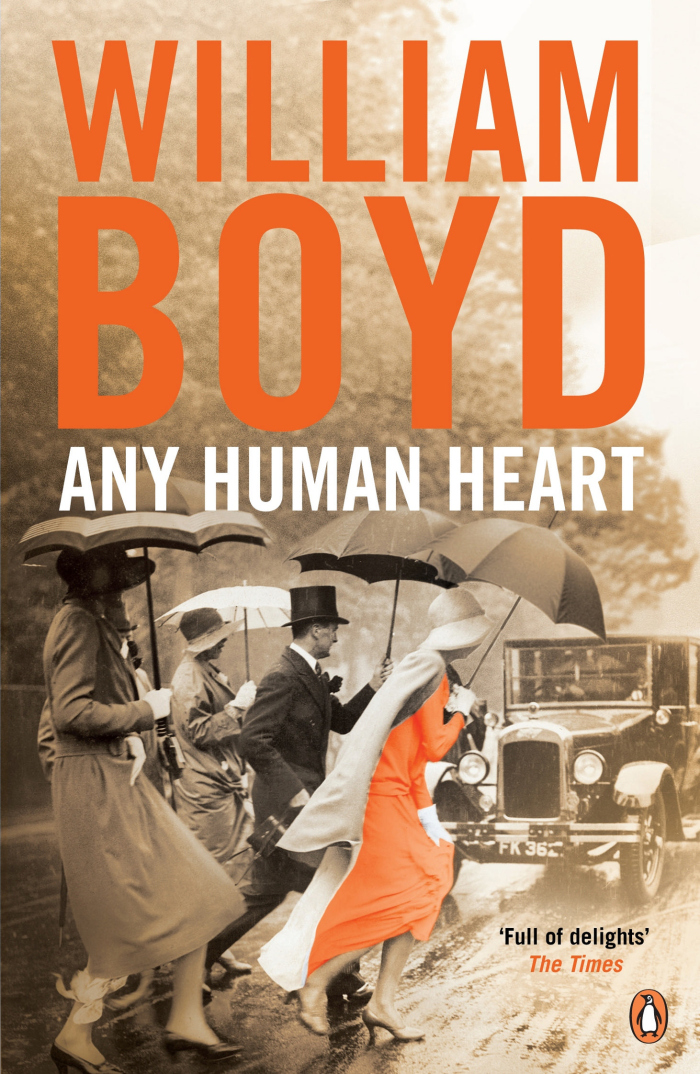
Some books make it difficult to see the woods for the trees. They are like those pointillist paintings: up close a riot of abstract colour and pattern, but a few steps back a classical composition of ladies and riversides and parasols.
This can cut both ways: a confusing, frustrating read that comes together only on analysis. Strange choices make sudden sense. Awkward character choices suddenly become the only poetically satisfying option. The trouble is, if you don’t write a book blog, this sudden synthesis is likely to pass you by. More common is the great-read-up-close – texture and colour and great page-turnability that suddenly disappears like smoke when someone asks why it’s so good.
Such was Any Human Heart. A great read. A stonking read. A life racketing through the twentieth century at pace, ticking off cultural and historical happenings left and right. The book is made up of the nine intimate journals of the (fictitious) Logan Mountstuart, each focussing on a different life stage from prewar boys’ boarding school, to 1930s literary London (bumping into Waugh, Woolf) and Paris (Hemingway, Joyce), the Spanish Civil War (Picasso), intrigue and loss in the second World War (Fleming, Duke/Duchess of Windsor – i.e. the abdicated King Edward VII), 1950s/1960s art scene New York (Pollack, Warhol), the Nigerian Civil War, Far-Left activism across 1980s Europe … from riches and success to aged, dog-food-eating penury (literally), no stone is unturned. Despite these weighty events, Logan’s own character is front and centre: talented but lazy, idealistic but cheating, always hopelessly in thrall to sex. Three marriages and numerous lovers and friends gained and lost means that the human is never subsumed to the cultural and political. Logan may be an irritating protagonist, but that’s what stops the journal format from getting too saccharine. I was hooked: for three weeks I looked forward to my commute and even, once, missed my stop.
I was ready to sing its praises but then I stepped back. Suddenly, a few weeks later, the style and verve that was so compelling up close suddenly looked a bit… artificial. The heavy namedropping slipped from bearable to juvenile, the diversity of its themes slid into a shallow pick-and-mix of the author’s interests. You realise that Logan doesn’t have a compelling enough character to retain any distinct flavour – another peril, perhaps, of the journal format. The gloss fades, just a little.
But no matter. This book is EMINENTLY readable. It’s funny. It’s informative, sort of. The writing may not be stylistically remarkable in a single passage, for my tastes at least, but its ability to take a single human voice steadily, steadily from adolescence to old age with complete believability is frankly genius. Yes, it isn’t all that realistic, but what do you want, you fusspots? It’s a novel. And a bloody good one. Some of my recommendations are quite niche but this has broad appeal, so consider it present material for everyone from sibling to spouse to cranky Uncle Ned. Go forth and read it.
Advertisements Like this:Like Loading... Related